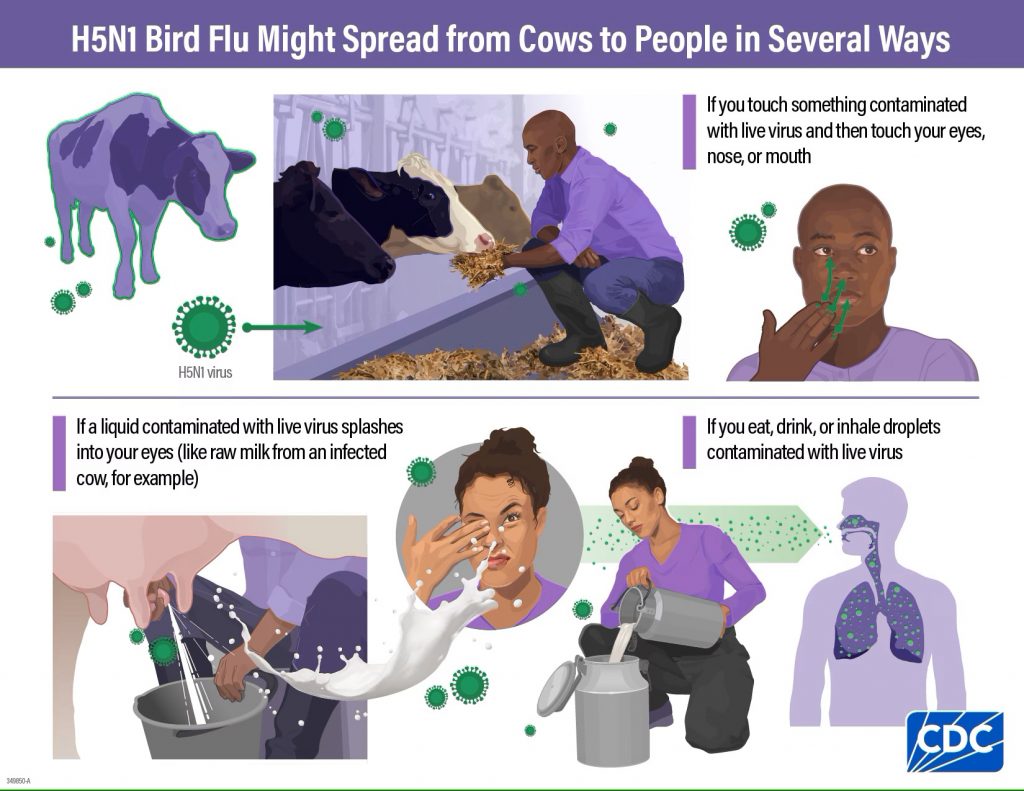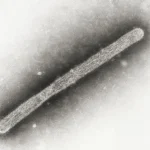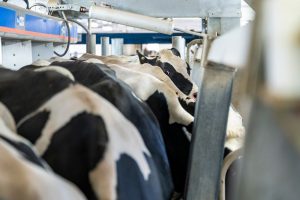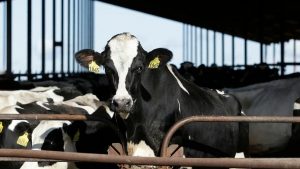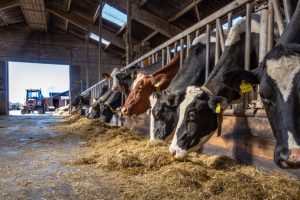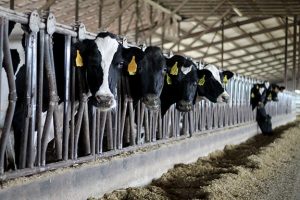
Are other types of livestock at risk, like goats, sheep, pigs, etc?
There have been recent cases reported in dairy cows and chickens, but at this time, public and animal health officials have not been notified of any suspected or confirmed cases in other types of livestock.
What should I do if I observe signs in my livestock?
Farms should monitor their dairy cows for signs of illness to ensure that milk from sick cows does not enter commerce. Producers that identify illness in their cows should contact their herd veterinarian who can assess animals and determine appropriate care and diagnostics. Veterinarians may consult with the Texas A&M Veterinary Medical Diagnostic Laboratory in Canyon for additional diagnostic guidance.
Has avian influenza been found in the wild bird population?
Yes. Avian influenza A viruses have been isolated from more than 100 different species of wild birds around the world. These viruses occur naturally among wild waterfowl worldwide and can infect domestic poultry and other bird and animal species.
How are wild bird populations monitored?
The U.S. Department of Agriculture’s Animal and Plant Health Inspection Service (APHIS) wild bird surveillance program provides an early warning system for the introduction and distribution of avian influenza viruses of concern in the United States, allowing APHIS and the poultry industry to take timely and rapid action to reduce the risk of spread to our poultry industry and other populations of concern.
What should I do if I find a sick or dead bird?
Local governments have different policies for collecting and testing birds, so check with your local health department or Texas Parks & Wildlife for information about reporting dead birds in your area.
Are other types of farms at risk, like poultry or other animals?
Avian influenza viruses can be transmitted by wild birds to domestic poultry, and poultry farms in Texas have had cases of H5N1 avian flu.
How can I protect my livestock?
According to the Food and Drug Administration, farmers should practice good biosecurity measures and contact their state animal health agency with concerns about preventing the spread of avian influenza viruses. Additional general information about biosecurity precautions are available at Enhanced Biosecurity Training | Secure Milk Supply. The FDA says producers should continue to closely monitor their cattle for illness, including a decline in milk production, and immediately separate sick animals. Milk from these cows should be discarded. If this milk is intended to be used to feed calves or other animals (such as cats living on the dairy farms), the FDA strongly encourages that it be pasteurized or otherwise heat treated to kill harmful bacteria and viruses.
What should dairy farms with affected cows do to protect their workers?
For information on recommendations for preventing exposures to avian influenza A(H5N1) viruses, use of protective equipment, antiviral treatment, and similar topics, visit CDC’s webpage Highly Pathogenic Avian Influenza A(H5N1) Virus in Animals: Interim Recommendations for Prevention, Monitoring, and Public Health Investigations.
What should I do if I notice any sick cats around the farm?
Cats are not a usual host of avian influenza, but like many other mammals they can catch the disease. Cats can catch avian influenza from infected birds or poultry or from affected food products. We are learning more about how cats can become infected with avian flu. The risk of avian influenza transmitting from a sick cat to a human is very low, -but precautions should be taken when handling any sick animal. Contact your veterinarian if you notice any sick cats on the farm.
You can now read the most important #news on #eDairyNews #Whatsapp channels!!!
🇺🇸 eDairy News INGLÊS: https://whatsapp.com/channel/0029VaKsjzGDTkJyIN6hcP1K
